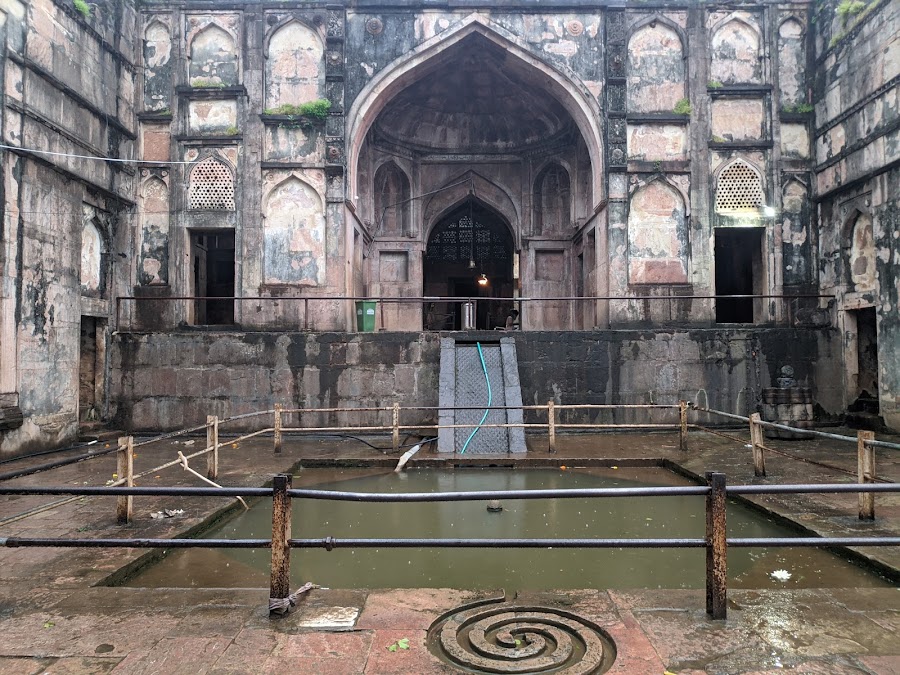
Nilkanth Palace
Mandu, India
- Enjoy panoramic views of the surrounding valleys
- Explore the palace architecture and carvings
- Photograph the blend of Hindu-Mughal styles
- Relax and soak in the serene atmosphere
- Visit the 'haram' and 'baoli' within the complex
Known for:
Description:
Nilkanth Palace in Mandu offers a captivating blend of history and scenic beauty. Perched on a cliff, it provides breathtaking panoramic views of the surrounding valleys and countryside. Originally built as a Shiva temple, it was later converted into a palace by the Mughals. The architecture showcases a fusion of Hindu and Mughal styles, evident in its intricate carvings, spacious courtyards, and domed structures. The palace complex includes a 'haram' (women's quarters) and a 'baoli' (stepwell), adding to its historical significance. The serene atmosphere and the stunning vistas make Nilkanth Palace a must-visit destination for history buffs and nature lovers alike. It's a great spot to relax, take photos, and soak in the rich heritage of Mandu.
History:
Originally a Shiva temple dedicated to Nilkanth (Shiva), the structure was later transformed into a palace by the Mughal governor, Akbar's Hindu wife. This conversion reflects the religious tolerance prevalent during the Mughal era. The palace served as a retreat and a place for recreation. The presence of the 'haram' indicates its use as a residential space for women of the royal household. The 'baoli' ensured a constant water supply. Over time, the palace witnessed various rulers and their influences, contributing to its architectural evolution. Today, it stands as a testament to the diverse cultural heritage of Mandu, showcasing the harmonious blend of Hindu and Mughal architectural styles.